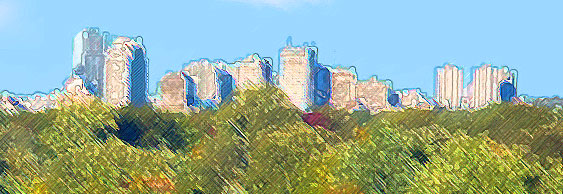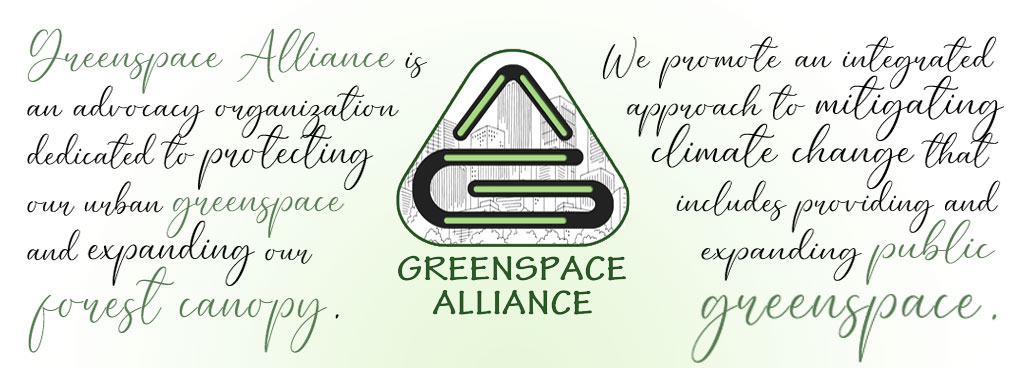

As of 2017, the population of London, Ontario was 404,699. London is also the fastest growing city in Ontario. Yet, London's current urban canopy is estimated at a maximum of 26%. Worse, the current goal for growing London's tree canopy goal is only 34% and is not to be achieved until 2065. In addition:
- There is no comprehensive strategic plan in London Ontario to either increase greenspace applications or grow the canopy to accommodate population increases.
- There is no provision for ensuring canopy will be planted in any new or planned development at any required percentage of cover.
- London allows developers to buy out of their obligation to provide greenspace for new development
- Like Montreal, London exhibits a pattern of greater tree cover in historically wealthier parts of the city while other parts have much less. For greenspace and canopy provision there are serious distribution issues in London's communities of haves and have nots.
- In May 2020, when the need for greenspace access because of the pandemic was already desperate, London city council closed River Road Golf Course, denying greenspace access to six hundred and sixty paid up members, along with hundreds more who would have accessed River Road.
- In February 2021, London City Council moved to dispose of River Road Golf Course and use the funds from the sale of this 126-acre wooded greenspace to replace and repair air conditioning units and parking lots. This increases the greenspace deficit in an area of the city already lacking in greenspace and, potentially, endangers a large area of established urban canopy.
CHANGES NEEDED IN LONDON
- An immediate moratorium on the sale or planned disposal of all greenspace currently owned by the City of London, regardless of current designation or classification.
- A change of London’s urban canopy target from 34% by 2065 to 40% by 2055 and the preparation of detailed forest canopy information including precise classification of areas of the city according to percentage of canopy.
- The preparation of an inventory of all publicly owned greenspace including a comparison of areas of the city by number and actual acreage with an assessment as to potential purposes, particularly the potential planting of canopy.
- Regulation to end the practice of developer buy-outs of greenspace provision coupled with a planning document showing requirements to both provide greenspace immediately and an urban canopy of 40% within twenty years of building completion.
- The development of a strategic planning document by commission and committee which will correlate population growth, increases in demand for public greenspaces and plan for increases in greenspaces.
- Regulation by commission to ensure that access by Londoners to greenspace is equitably supported and not unreasonably denied for all manner of public greenspaces including, but not limited to baseball fields, bike paths, bodies of water (ponds, lakes, rivers, etc.) used for outdoor recreation, dog walks, ESAs, football fields, golf courses, "historic" sites, lawn bowling pitches, parks, pickle ball courts, picnic grounds, playgrounds, soccer pitches, splash pads, swimming pools, volleyball courts, tennis courts, walking paths, etc.
HOW WE'LL DO IT
The first step to ensure adequate protection and preservation of public greenspace should be for London City Council to establish a Greenspace Commission with the power to access all information related to the ownership of public land in London and oversee greenspace planning.
For more about our proposed strategies, download our PDF entitled Creating A Climate Change Strategy for London, Ontario.
References
19CBC news story February 9, 2022 "New census data suggests London is Ontario's fastest growing city, 4th fastest in Canada".

